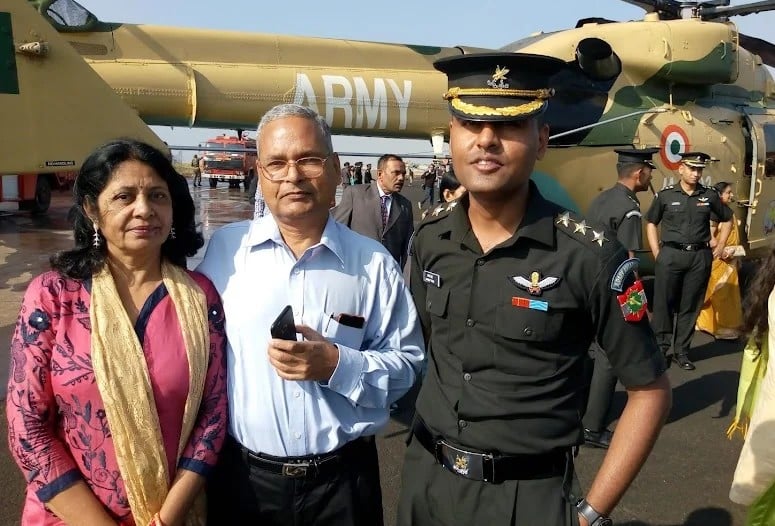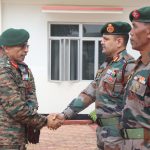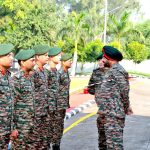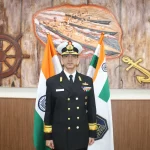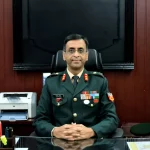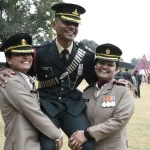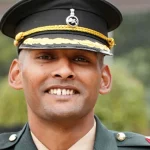Becoming a pilot in the Indian Armed Forces is a prestigious aspiration, one that requires dedication, rigorous training, and a deep commitment to serving the nation. The journey is multifaceted, involving various pathways, each with its own set of requirements and challenges. This article explores eight distinct ways to embark on this exhilarating career, providing a comprehensive guide for aspiring aviators.
Before diving into the various pathways, it’s essential to grasp what being a pilot in the Indian Armed Forces entails. Pilots are not merely operators of aircraft; they are vital components of national defence, engaging in missions that range from aerial combat to humanitarian assistance.
The procedure for becoming a pilot in the Indian Armed Forces is similar to that of being an officer in any of the service, except for some extra medical criteria and an additional CPSS. So the candidate has the opportunity to apply through any written test, (or NCC special entry), qualify the written test, and get a call for SSB Interview.
The life of a fighter pilot in the Indian Armed Forces can be exciting and challenging, but also demanding and rigorous. Here are some key aspects of what it entails:
- Training: Becoming a fighter pilot in the Indian Armed Forces requires extensive training, starting with basic flying training followed by advanced training in fighter aircraft. The training includes ground school, simulators, and live flying exercises, with a focus on developing skills such as navigation, aircraft handling, weapons delivery, and combat maneuvers.
- Responsibilities: As a fighter pilot, you will be responsible for flying and maintaining advanced fighter aircraft such as the Sukhoi Su-30MKI, MiG-29, Mirage 2000, and Jaguar. You will be part of a team that is responsible for air defense, ground attack, and reconnaissance missions.
- Operational Deployments: Once you have completed your training, you may be posted to a fighter squadron that is deployed in a forward location or on an aircraft carrier. Your role will involve flying sorties in support of ground forces or conducting air-to-air combat missions.
- Work-life balance: Life as a fighter pilot in the Indian Armed Forces can be demanding and challenging, with long hours of flying and intensive training. However, the armed forces also provide opportunities for personal growth, camaraderie, and a sense of purpose.
- Career progression: The Indian Armed Forces offer several career opportunities for fighter pilots, including promotions, specialized training, and leadership roles. Fighter pilots can also choose to transition to other roles within the armed forces or take up civilian careers after retirement.
Overall, life as a fighter pilot in the Indian Armed Forces is challenging but rewarding, with opportunities for personal and professional growth, a sense of purpose, and a chance to serve the country.
The procedure for the SSB for a pilot entry is similar to that of the normal SSB. The recommended candidates undergo medical tests. The final merit list is prepared based on the candidate’s performance and medical fitness. On successful completion of flying training at Flying Training Establishments (FTEs) of the IAF, the cadet is commissioned as a pilot in the IAF.
So, coming to the various entries with which you can become a pilot in the Indian Armed Forces are:
Indian Air Force
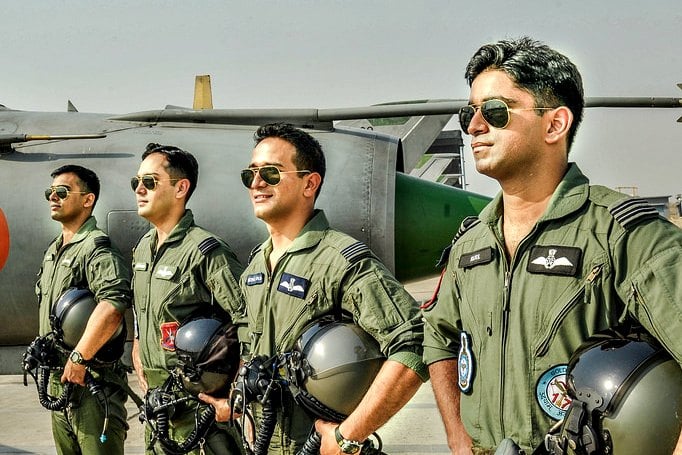
1. NDA:
Boys can join the IAF after their 10+2, through the National Defence Academy examination, which is held twice every year. There is no women entry through this exam. Through NDA only flying branch entries are possible. It involves three years training in NDA, Khadakwasla and one year training after that in Air Force Academy, Dundigal. A written test is followed by SSB is the procedure.
2. CDSE:
Combined Defence Services is yet another exam through which guys can join the flying branch of IAF. This exam too is conducted twice every year, for the three forces. However for IAF, through CDSE only boys can apply and only for flying branch.
3. AFCAT:
Boys can apply for SSC Pilot through AFCAT entry for the flying branch. It is a written test followed by SSB. This test is conducted twice every year.
4. NCC special entry:
As an Air Wing Senior Division ’C’ Certificate holder of the National Cadet Corps, you can apply for the Flying Branch of the Indian Air Force. This is a direct entry and you don’t have to go through the written test.

Indian Navy
Pilots are inducted in the Indian Navy as Permanent Commission (PC) or Short Service Commission(SSC).
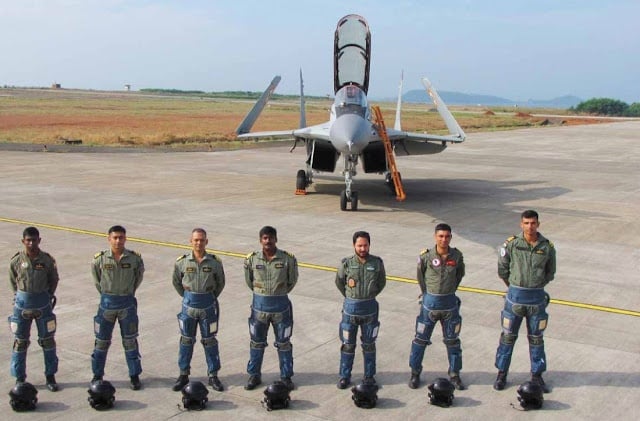
5. From Within Service:
Volunteers from serving Executive branch officers (upto 25 years of age) are selected for pilot training biannually and are granted a Permanent Commission.
6. Direct Entry Scheme:
Short Service Commissioned officers are inducted biannually through Direct Entry Scheme.
Indian Army
All pilots in Army Aviation are commissioned officers, called Army Aviators. Options to join Army Aviation are as under:-
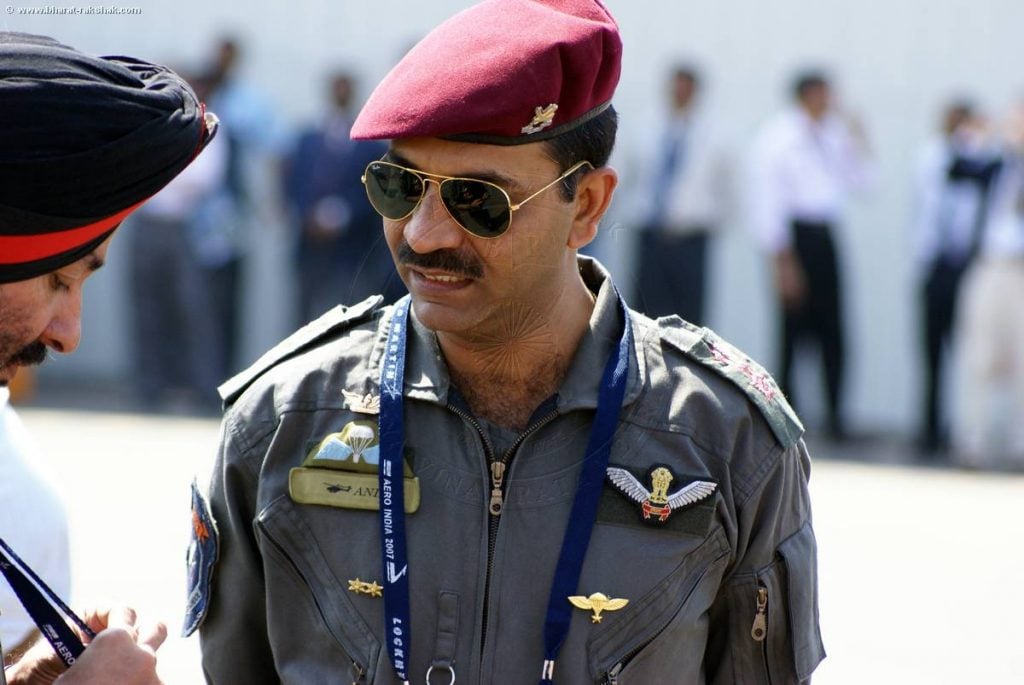
7. From Within Service:
Volunteer Officers from any Arm of Indian Army can opt for Army Aviation on completion of one and half years of service. They need to apply internally and need to qualify certain tests and criteria as specified.
8. Direct Commission Officers:
Volunteers can opt for Army Aviation during pre-commissioning training at IMA and OTA. Based on their performance and merit in the academy, they may get commissioned into the Army Aviation Corps directly.
SSB Interview Preparation Material [ 100% Recommended]
- Let’s Crack SSB Interview [Book]
- SSB Psychological Tests – Deep Dive [Book]
- OIR Test and PPDT [Book]
- Psychological Tests Workbook
Shortage of Pilots in the Armed Forces
As on 1st February, 2018, sanctioned strength and strength of pilots in Indian Air Force (IAF) is as follows:
| Sanctioned Strength | Strength |
| 4231 | 3855 |
There is a marginal shortage in the strength of pilots in IAF against the authorized establishment.
Indian Navy:
| Government Sanction | 735 |
| Borne Strength | 644 |
| Vacant Posts | 91 |
Indian Army:
The total number of pilots in Army Aviation as on date are:
| Sanctioned | 794 |
| Held | 602 |
| Vacant | 192 |

